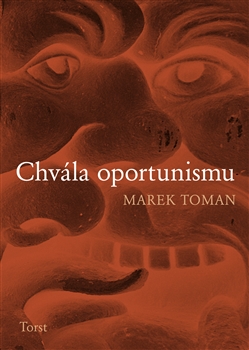Marek Toman has found a truly original voice for the retelling of modern Czech and Central European history: the testimony of a building that has been witness to many historical, military, political, and personal events.
Historical fiction, Literary fiction
Marek Toman’s fictitious memoirs have an unusual, lofty protagonist: the Černín Palace, located in the vicinity of the Prague Castle. Built in the 17th century as the residence of Humprecht Jan Černín, the Habsburg imperial ambassador to Venice, it is currently the seat of the Ministry of Culture. Marek Toman has made the largest Baroque structure in Prague the protagonist of his novel, commenting upon the historical events that have passed it by over the centuries. Narrating its own story, the palace also describes the turning points in Czech history, from the day it was built up until the present day. Over time, the palace has served as a gallery, a hospital, military barracks, a shelter for the poor, or office of the Reichsprotektor during the Second World War. In great depth, the palace discusses the death of Jan Masaryk: after the Communist putsch in 1948, the former foreign minister fell out of the window of his quarters on the third floor of the palace. Could it have been murder?

Marek Toman (1967) is a graduate of Charles University’s Faculty of Arts, he has worked as a literary editor for Czech Radio and since 1997 at the Czech Republic Ministry of Foreign Affairs. In addition to his own creative work, he is also a translator and editor. His first book for children was O Ryzce a Vraníkovi (Ryzka and Vraník, 2003). His subsequent novels turned to the past: Dobytí ostrova Saaremaa (The Conquest of Saaremaa Island, 2007) described the Crusaders’ conquest of the Baltics, while Můj Golem (My Golem, 2009) was loosely based on the story of Rabbi Loew. His prose for adults also deals with historical material and how it influences the present; for example, in the books Veliká novina o hrozném mordu Šimona Abelese (The Shocking Story of the Murder of Shimon Abeles, 2014) and Chvála oportunismu (In Praise of Opportunism, 2016).
